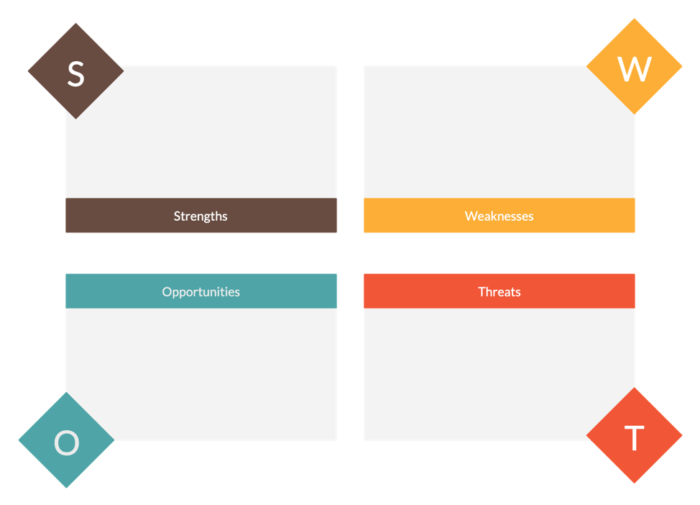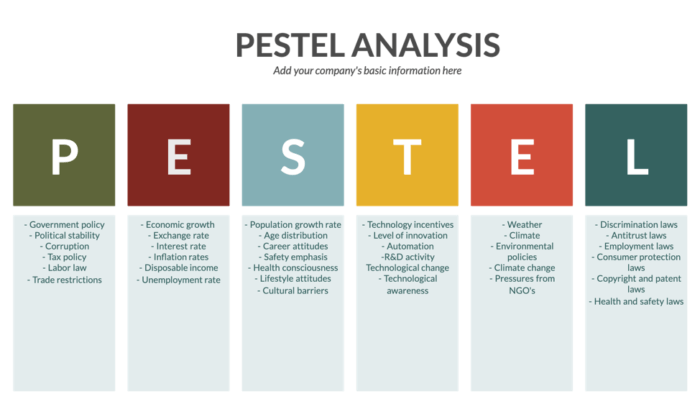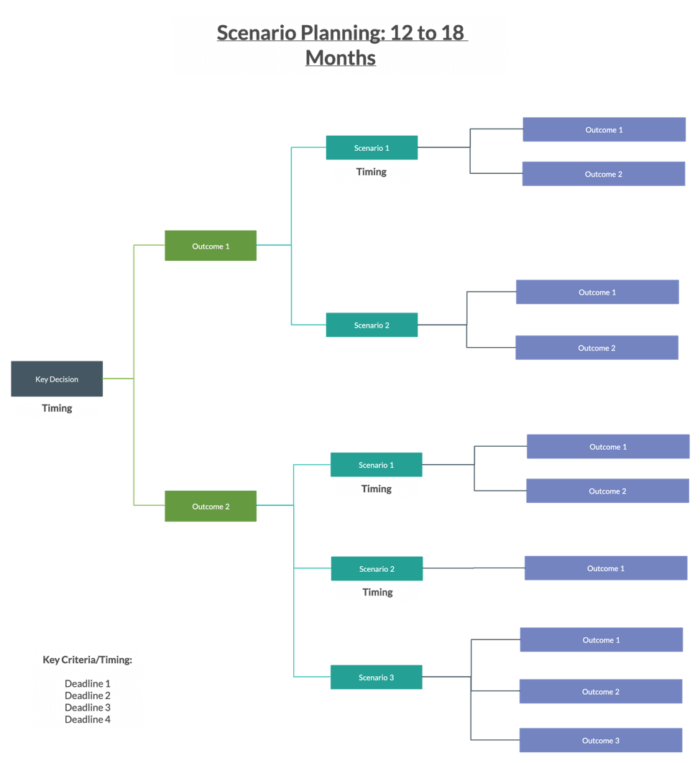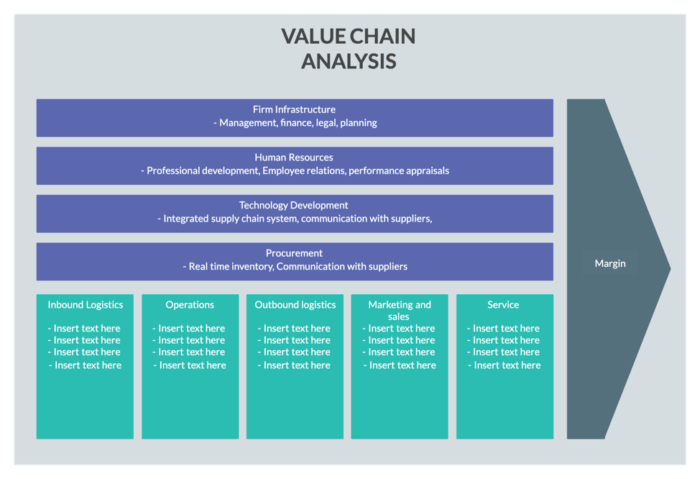Strategic analysis of an organization is an essential factor when it comes to formulating a plan for the smoother working of your company
Strategic analysis refers to the process of researching an organization and it’s working environment to formulate a strategy. There are many other definitions of strategic analysis with a different perspective. But they all involve a lot of common factors.
What is strategic analysis?
Strategic analysis of an organization is an essential factor when it comes to formulating a plan for the smoother working of your company. With the help of strategic planning, you can achieve the goals or objectives set by the company.
Improvement is the one constant in any company. You need to keep improving your organization. So, to educate yourself, you must periodically conduct strategic analysis. This will then help your organization to plan ahead and determine which areas need improvement.
While you are conducting strategic analysis, you must have a good knowledge of your competitors, so you can define a strategy that will help you stand apart from them and remain competitive.
One of the most critical functions of strategic analysis is the prediction of future events and the planning of an alternative approach if the first strategy doesn’t work out.
There are a few types of strategic analysis you should consider.
Internal strategic analysis
Internal Strategic Analysis will give you an overview of the functioning of your own company. In this analysis, you assess and analyze your strengths and weaknesses, and establish a strategy that will help you improve the image of your company.
The internal investigation starts with evaluating the performance and future potential of the company and its capacity to grow.
Analysis of strengths and weaknesses of the company should be solely based on the market situation and client response. The strengths only make sense when they are giving your client complete satisfaction with your service.
Along with the strengths, the strategist should also be aware of the weaknesses and liabilities of the company at that moment. The company can grow at an exponential rate if you have a sound strategy planned.
External strategic analysis
Once the organization has completed its internal analysis, they can move on to the external review. Many external factors can act as a roadblock to the organization’s growth.
To conduct an external strategic analysis, you need to know how the market functions and what the consumers require. You need to measure customer satisfaction towards your and your competitors’ products so that you can get an overview of how the market functions.
Strategic analysis process
There are five parts to any strategic analysis process:
Step 1: Know your goals
You need to clarify your vision before you do anything. This process consists of defining the long term and short term objectives. Your goals should be detailed, realistic and should match the value of your company.
Step 2: Collect and analyze the information
At this stage, gather as much data and information as you can. However, you need to collect the appropriate data that relates to the needs of your business.
Step 3: Construct a strategy
Strategy constructing, again, is a stepwise procedure.
- Review the information gained after completing the analysis.
- Determine the resources that business currently has, which can help you achieve their goals.
- Identify the areas where the business should take help from external resources.
- If the overall strategy does not work, then you need to have a backup plan.
Once all these factors are sorted out, you can proceed to the next step.
Step 4: Implement your strategy
After you have a structured approach, you need to implement it within the company. This is the action stage of strategic analysis. After implementation, if the overall strategy doesn’t work out, you need to implement an entirely new approach.
Everyone working in the organization must be made clear of their roles and responsibilities in order to give the strategy the best chance of success.
Step 5: Evaluate and control
This step includes performance measurements, consistent views of internal and external issues, and taking corrective measures accordingly. This evaluation consists of external as well as internal strategic planning.
Strategic analysis tools
SWOT
SWOT (Strengths, weaknesses, opportunities, and threats) is a framework used to evaluate a company’s competitive position in the market and to develop strategic planning.
SWOT analysis assesses internal and external factors, as well as the present and future potential of your organization. Let’s take a look at every element of the study.
1. Strengths
Strengths describe what your organization excels in and what its unique selling point that separates them from their competition is. The advantages of a company can be:
- Strong Brand
- Loyal Customers base
- Strong Balance sheet
- Unique technology
You need to develop a technique to use your strengths for your brand’s marketing and attract investors.
2. Weaknesses
Weaknesses stop an organization from performing to their full potential. These factors can include:
- Higher than average turnover
- High level of debt
- A weak brand
- Inadequate supply chain
- Lack of Capital
3. Opportunities
Opportunities refer to the favorable environment that could give an organization a competitive advantage.
4. Threats
Threats are the factors that can potentially harm an organization. For example, draught can be a threat to any water-based industry.
PESTLE
We use the PESTLE analysis to find out the environmental factors which can impact your business. PESTLE stands for Political, Economical, Social, Technological, Legal and Economical analysis.
All of these factors determine the strategic performance of your company. PESTLE analysis consists of the most impactful elements of any business.
Porter’s Five Forces
The five elements of Porter’s Five Forces are:
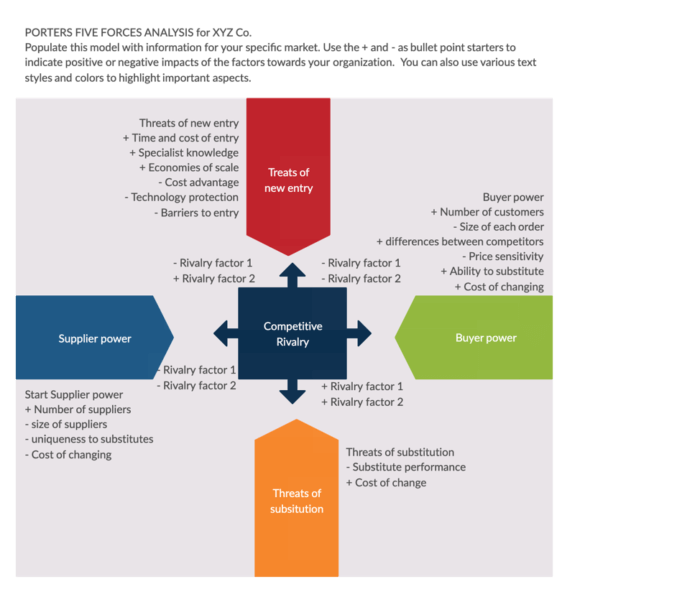
1. Competitive Rivalry
This will determine the number and strength of your analysis. This will consist of the following factors
- How many rivals do you have?
- Who are they?
- How does the quality of their product compare with yours?
2. Supplier Power
This will determine how easy it is for your suppliers to increase the cost of the service they are providing.
3. Buyer Power
Buyer power determines how easy it is to drive your buyers to push the price of your product down.
4. Threat of substitution
It is the likelihood of customers to find a substitute for your service or product.
5. The risk of New Entry
This will determine the ability of people to enter your market. So, you need to assess how easy it is to enter your market and how easily someone can get a foothold in your industry.
Scenario planning
As the name suggests, scenario planning will help the leaders to get a clear picture of what will happen if they implement a particular strategy.
You can also incorporate scenario planning into your strategy formulation and implementation. It consists of a combination of both SWOT and PESTLE analysis to determine the scenario after you implement a strategy.
Value chain analysis
In value chain analysis, an organization will identify its primary and support activities that will add value to the final product and then analyze these activities to reduce costs or increase differentiation.
This is a basic overview of the strategic analysis process and its tools. Every organization needs to have a strategic plan and you need to find a program which will be useful as well as beneficial for the organization.


